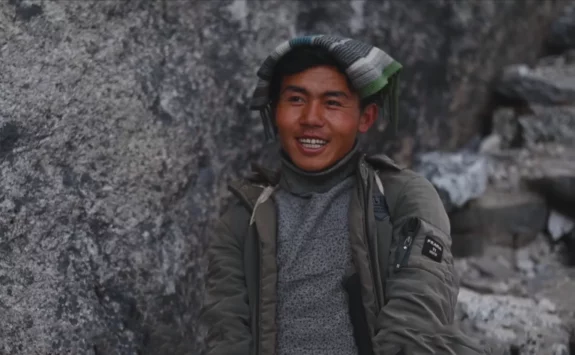Sherpa People of the Everest Region
Sherpa People of the Everest Region are usually used to describe somebody who works in the Himalayas as a guide or helper. But, it is much more than just a guide. This ethnic group is a group of Tibetan roots that settle in high valleys around the base of Everest on the northeastern side of Nepal.
The Sherpa people are an ethnic group residing in the Everest region of Nepal. With a rich cultural heritage, the Sherpa people have a long history of residing in the region, which dates back centuries.
This blog will delve into the fascinating world of the Sherpa people and their way of life, culture, religion, and the environmental issues they face. Through this blog, readers will better understand the significance of the Sherpa people of the Everest Region and their impact on the world.
Introduction to the Sherpa People of the Everest Region
The word “Sherpa” or “Sherwa” is a Sherpa language word that means “shar” is east, and “pa” is people. Which means they are from the geographical origin of eastern Tibet. The Sherpa tribe is from Tibet and occupies the high Himalayan valley of Everest region in northeastern Nepal. Over time, Sherpa people have come to identify as the Sherpa community. They are found spread all along hills, but the original homeland is the district of Solu-Khumbu.
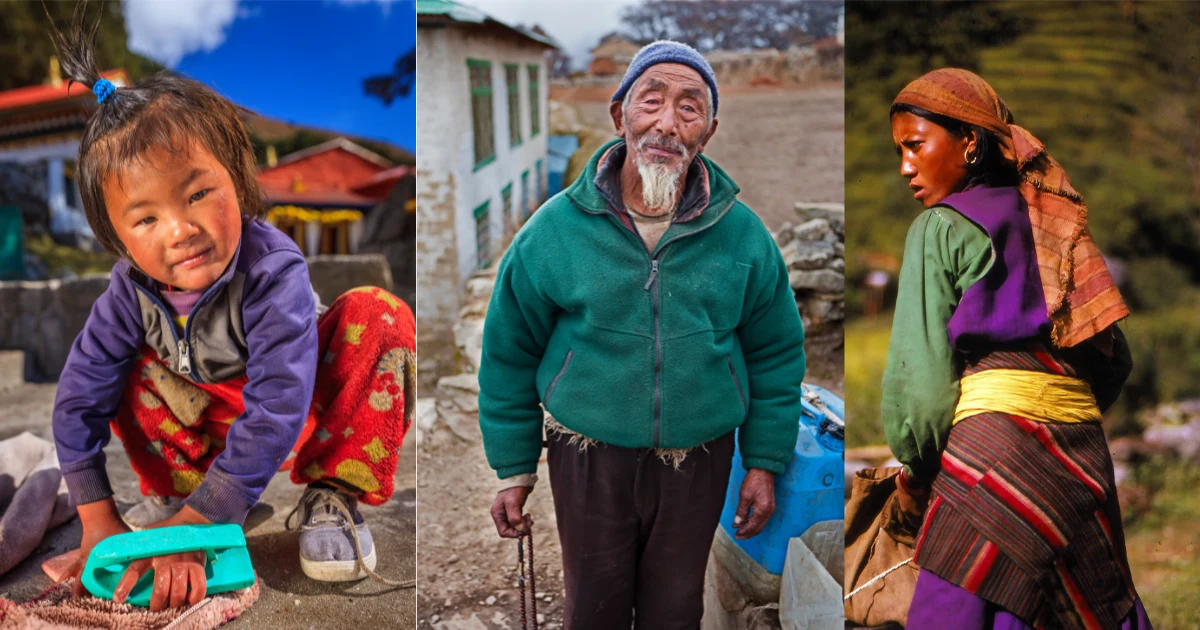
Before mountaineering brought so much attention to the Sherpas, they were known to other people as “Shar Khombo,” which means “people from Shar-Khumbu.” Sherpa settlements are higher than those of other groups who live in the same area.
The big rivers Dudh Koshi, Bhote Koshi, and Imja River flow through deep and narrow gorges, leaving some villages at the top of the steep slopes. The villages in Khumbu are between 3,000 and 4,000 meters above sea level.
Overview of the Sherpa Community
| Feature | Description |
| Origin | Native to the Solu-Khumbu region of Nepal |
| History | Resides in the region for centuries, with evidence of Sherpa settlements dating back to the 15th century |
| Culture | The unique culture is known for hospitality, bravery, and resilience |
| Religion | Nyingmapa sect of Buddhism |
| Role in Mountaineering | Play a crucial role in the mountaineering industry as guides and porters |
| Living Conditions | Harsh living conditions due to high altitude and environmental degradation |
| Significance | An integral part of the cultural and economic landscape of the region |
History and origin of the Sherpa people of the Everest Region
It is not clear where the Sherpas came from in the past. Still, it is thought that they came from the Kham region of eastern Tibet. People think that they moved to the Solu-Khumbu area of Nepal a few hundred years ago and settled near Mount Everest.
Over the years, the Sherpas settled in the area and created a unique culture influenced by both Tibetan and Nepalese ways of life. After Everest was climbed successfully in 1953, the Sherpa people became known worldwide for their mountaineering work. They are the ones who guide and help climbers the most on their way to the top of Mount Everest.
Traditional clothing and jewelry of the Sherpa people
Most of the time, Sherpas wear tongkok, which is a thick wool dress with long sleeves and a floor-length length. An angi is a type of dress for women that has no sleeves. In warmer weather, women wear it over a raatuk (blouse). These are worn with different-colored striped aprons. Metil aprons go in front and gewe aprons go in the back. All of them are held together by a silver buckle called kyetig that has a pattern on it.
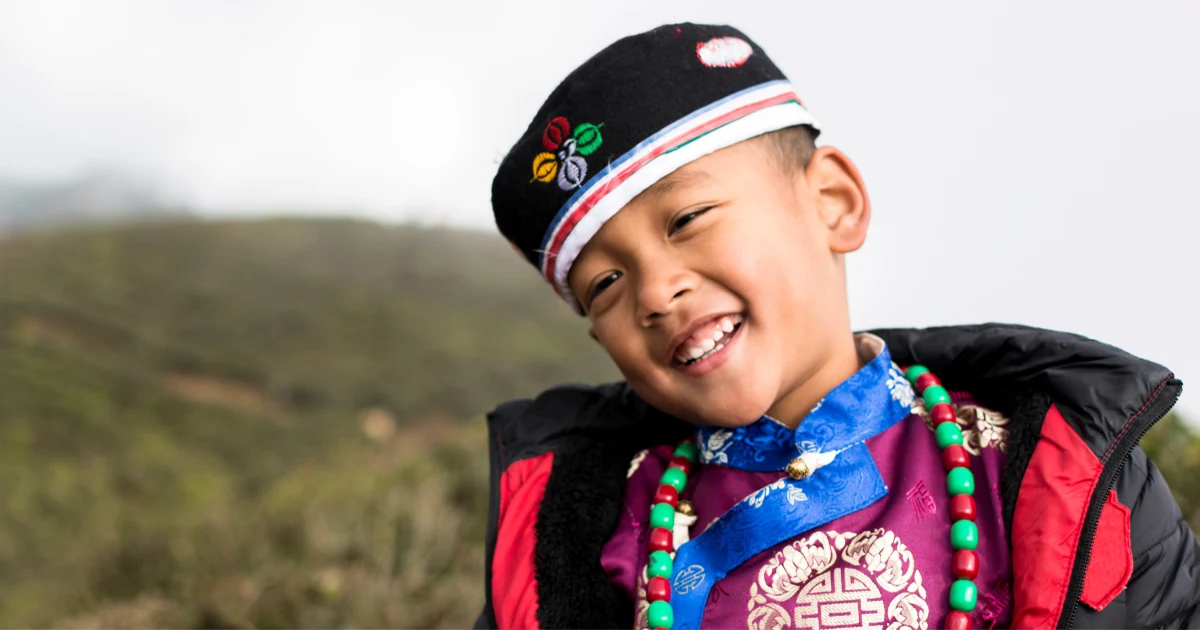
Culture and traditions of the Sherpa people
The Sherpa people’s culture and traditions are a unique mix of Tibetan and Nepalese customs. They have a lot of history and culture and have lived in the Himalayas for hundreds of years. They have a culture and way of life that differ from those of other Nepalese groups.
They are known for being friendly and living in tight-knit communities where everyone helps and supports each other. Most Sherpas are Buddhist, and they follow a religion that is a mix of Tibetan Buddhism and the Bon religion. The Sherpa people also have a strong relationship with nature.
Their traditions, rituals, and other parts of their culture are closely tied to the land and its resources. The Sherpa people’s culture is an important part of the area’s history, and the community continues to keep it alive.
Sherpa Life in the Everest Region
In the Everest area, the Sherpa people’s lives are shaped by their close ties to the land and cultural history. Traditional Sherpa life is based on close family ties and a strong sense of community, focusing on hospitality and respect for elders.
Living conditions of Sherpa people in the Everest Region
The conditions of the Sherpa people of the Everest Region depend on the person, where they live, and how much money they have. In remote mountain villages, most of the houses are made of stone and mud. Some people don’t have access to things like electricity and running water. More concrete buildings and modern amenities exist in areas with more people.
The Sherpa people have a strong sense of community and cultural heritage, even though they have to deal with environmental damage, limited economic opportunities, and limited health care and education. They depend on the support of their close-knit families and communities and take part in traditional festivals and celebrations that bring everyone together.
But the tourism industry and more businesses in the area have brought benefits and problems, and the Sherpa people have to deal with problems every day when it comes to keeping their culture and way of life alive. Despite all these problems, the Sherpa people of the Everest Region still keep their culture and traditions.
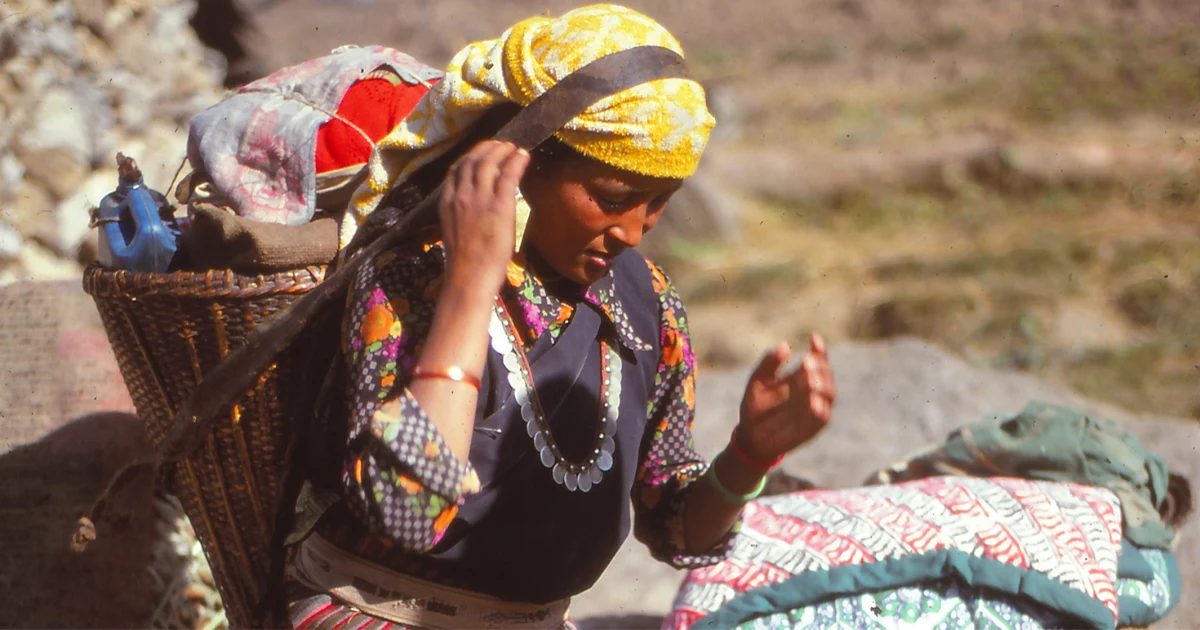
Economic activities of the Sherpa people
Through the Nangpa Pass, Khumbu is on one of the most important trade routes from Nepal to Tibet. This village of more than 350 stone houses with wooden roofs is where goods are bought and sold. From Tibet to Namche, salt, sheep’s wool, meat, and yaks travel across the Nangpa. They used salt to help them trade. They then trade it for food grains with the people in the middle region.
Many Sherpas’ main sources of income today come from the tourism business. Many work as guides, porters, and in lodges and teahouses. Mountaineering is another thing that the Sherpas do. Many of them work as climbing guides and porters. This business brings in a lot of money and keeps the local economy going. Even though they face problems like environmental damage, the Sherpas continue to be an important part of the region’s economy.
Some Sherpas also do small-scale business, such as selling traditional handicrafts, textiles, and jewelry.
Role of Sherpas in Mountaineering
Sherpas from Khumbu Valley, who are moving to the area around Everest, are thought to be the best mountain climbers in the world. They have great genetic adaptations that make them strong, brave, and ready for any adventure.
Sherpa people of the Everest Region started to gain fame after the well-known Tenzing Norgay, along with Edmund Hillary, became the first people to reach the summit of Everest in 1953. Temba Tsheri Sherpa also became one of the youngest climbers, at 16. Temba Tsheri Sherpa broke the record for the fastest Everest climb in 8 hours, and 10 minutes. Mingma Sherpa was the first Nepali to climb all 14 eight-thousanders mountains worldwide. Sherpa climbers in the mountaineering world break many other uncountable records.
Despite their fantastic climbing talent and courage, they did not attempt to scale the mountain until the 20th century. Since then, they have been playing the amazing role of Sherpa in mountaineering. Sherpas are stronger on such rough and high terrain, so they are well-suited for the alpine style. The word “Sherpa” has become the job title for a climbing guide on any expedition in the Himalayas. Some people who aren’t Sherpas also carry loads up to the base camp, but only Sherpas with special training continue to the higher camps and the summit.
Sherpa Celebration and Religion
The Sherpa people are predominantly Buddhist, following a mix of Tibetan Buddhism and the Bon religion. They have a rich tradition of spiritual festivals and celebrations.
Religious beliefs and practices of the Sherpa people
They practice a form of Buddhism that is similar to the Nyingma sect of Tibetan Buddhism. They are very devoted to Guru Rinpoche (Padmasambhava) and other gods. They also do ceremonies and give gifts to the mountain spirits in their area to keep their communities safe.
On the other hand, the Bon religion focuses on the spiritual connection to nature and the worship of the spirits of ancestors. The Sherpas also believe in reincarnation and that living a good life will help them have a better life in the future.
Their religious beliefs and practices are a big part of their culture and appear in their daily lives. They pray, perform at home altars, and go on pilgrimages to holy places and monasteries, among other things.
Also, many Sherpas go to lamas, who are religious teachers, to get blessings and advice on personal and community issues. The Sherpa people’s religious beliefs and practices continue to be an important part of their lives. They also help them stay close to each other and have a strong sense of spirituality.
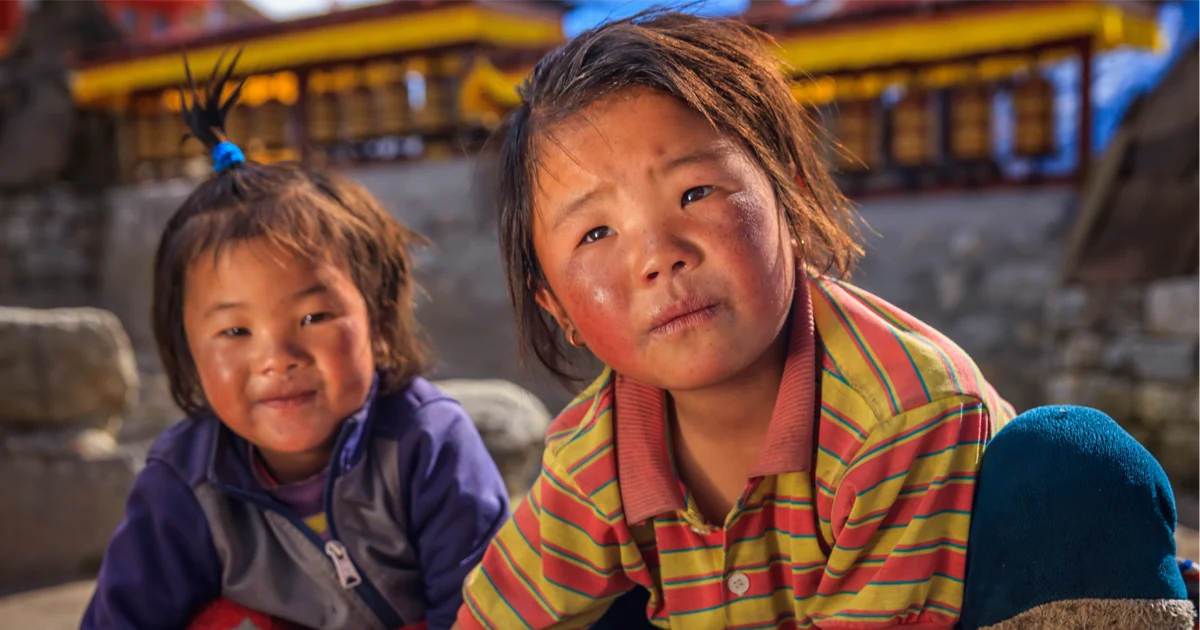
Festivals of the Sherpa people of the Everest Region
Throughout the year, the Sherpa people of the Everest Region take part in several colorful festivals and celebrations. They have a long history of spiritual festivals and celebrations, like New Year’s Day (Losar), Dumze, Mani Rimdu, and many others, which are all celebrated with great enthusiasm. Traditional dances, music, and gifts to the gods are part of these celebrations.
Losar
For the Sherpa people, the Losar festival marks the beginning of the new year. The Tibetan calendar says that the new year starts around the end of February. It is the first day of the bright half of the lunar month of Phagun. Sherpa people have a lot of food, sing, and dance during this festival. Most people who spent the winter in warmer places came back for this festival.
Dumdze
This festival is held in the village of Gomba for seven days in July. The farm work is done by then, and the people are getting ready to move their animals to the very high alpine pastures. Guru Rimpoche, Phawa Cheresi, Tsamba, and a whole host of other gods are recited and worshipped by the Lamas of the village. Villagers also meet at the gomba in the evenings to share goods and drinks.
Sherpa people have many different meanings for Dumdze festivals. This festival brings health, wealth, and happiness to the village and the country as a whole. This festival is a great time to eat, be happy, and bring all the villagers together who usually live in different places.
Mani Rimdu
This festival is also one of the most important in Solu-Khumbu and the most colorful. Monks in the monasteries celebrate Mani Rimdu, and many enthusiastic people from all over the world also enjoy it.
Two times a year, this festival is held in Khumbu. They celebrate at Thami monastery in May, at Tengboche in November, and at Chiwong and Thaksindu monasteries in Solu-Khumbu twice in November. The religious dances of the monks in different costumes and masks of different gods give the old a lot of joy, while the young have their own fun.
It is a great time for the Sherpas, no doubt about it. This festival lasts for about a week as a whole, but the outdoor shows and fencing by regular people only last for about two or three days.
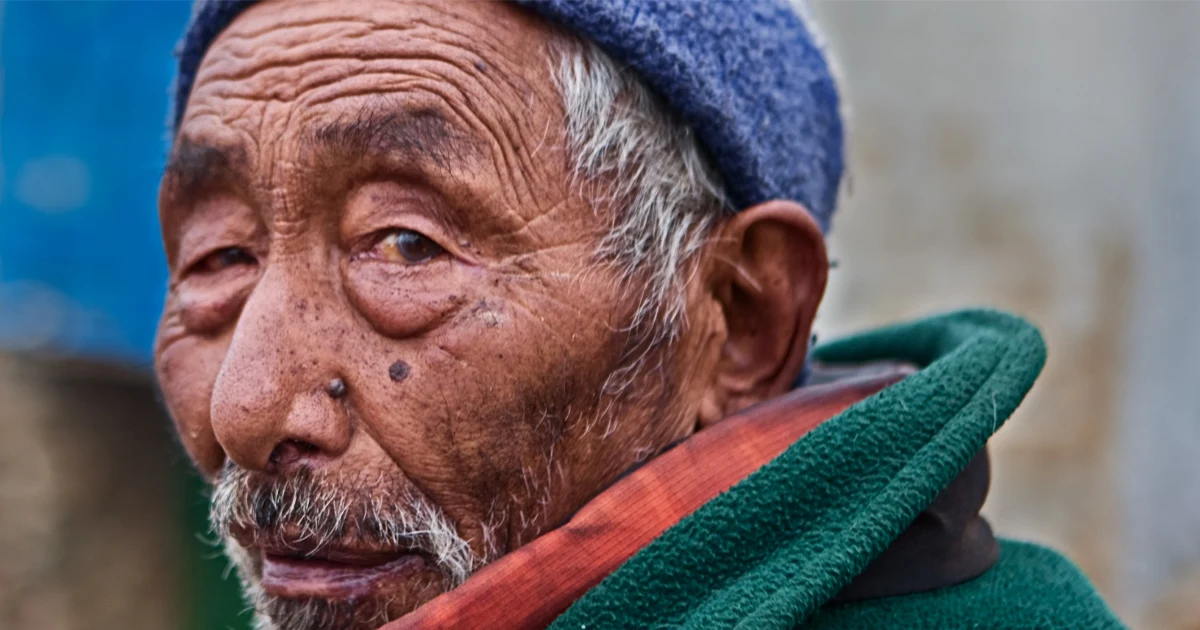
At Last,
The people of Sherpa have a long and interesting history and culture that have been shaped by their lives in the rough and difficult Everest region. They are an important part of the mountaineering business and do a lot to bring tourists to the area.
The future looks good for the Sherpa people, especially when it comes to how tourism could grow. But it is very important that the development is sustainable and takes into account what the Sherpa people want and need.
In conclusion, the Sherpa people of the Everest Region are an important part of the rich cultural tapestry. Their unique traditions and way of life should be treasured and kept alive so that future generations can learn from them.
© Copyright 2024 Eco-friendly Treks. Website Developed by: AVIVA


